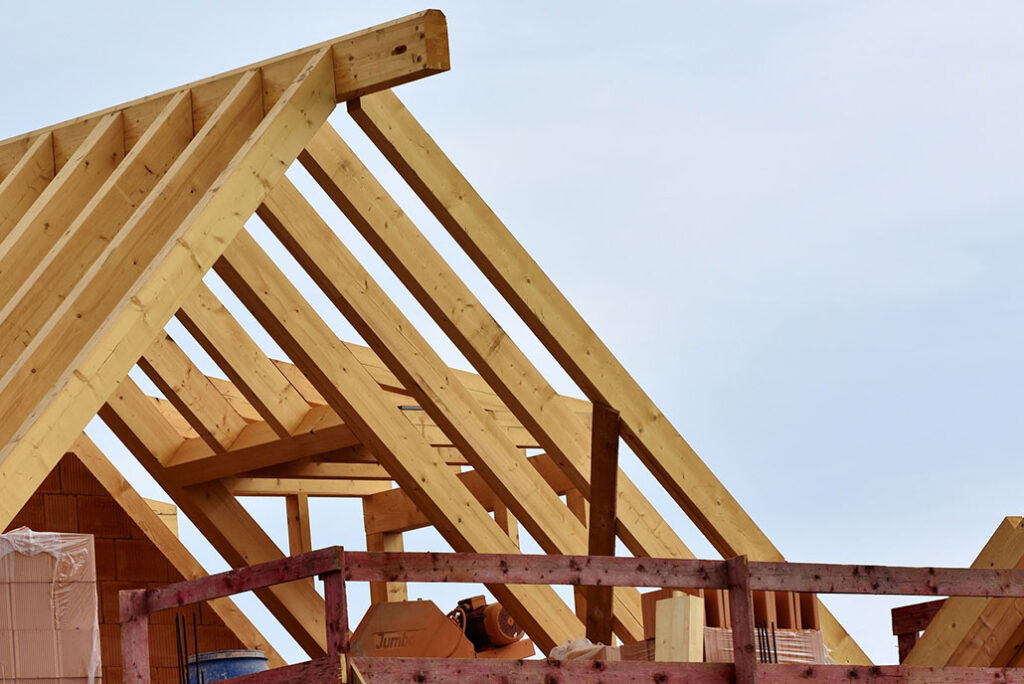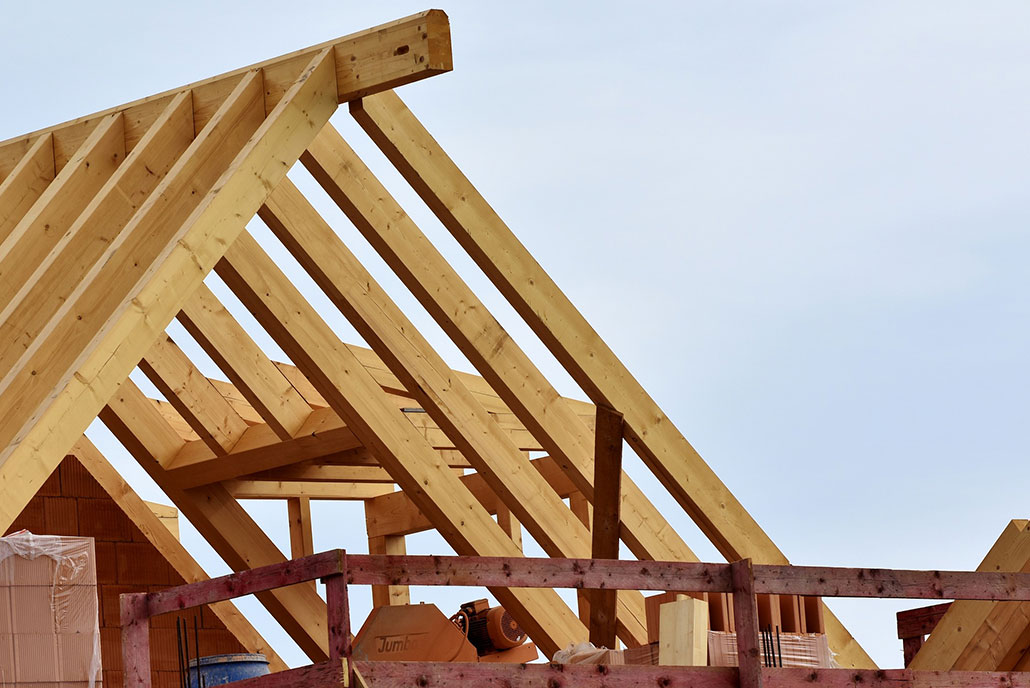Advantages of Roof Trusses Over Traditional Framing

In the realm of construction, the debate between traditional framing methods and modern solutions like roof trusses has long been deliberated. However, as technology advances and construction practices evolve, the advantages of feature roof trusses over traditional framing become increasingly evident. Let’s delve into why roof trusses stand out as a superior choice for structural excellence in building design.
Strength and Stability:
Roof trusses, engineered with precision using high-grade materials, offer exceptional strength and stability. Unlike traditional rafters and joists, which rely heavily on the quality of individual pieces of lumber and the craftsmanship of the builder, quality roof trusses are designed to distribute weight evenly, minimising stress concentrations and ensuring structural integrity. This robustness makes roof trusses particularly suitable for withstanding heavy loads, such as snow accumulation or high winds, providing peace of mind to homeowners and builders alike.
Versatility in Design:
Roof trusses offer unparalleled versatility in design, allowing for the creation of complex roof shapes and configurations with ease. Whether it’s a simple gable roof or a more intricate hip or mansard design, trusses can be tailored to suit the unique specifications of any architectural vision. This flexibility opens up endless possibilities for creativity in building design, empowering architects and homeowners to realise their dream structures without compromising on structural integrity.
Faster Installation:
Time is of the essence in the construction industry, and roof trusses excel in efficiency when it comes to installation. Unlike traditional framing methods that require painstaking measuring, cutting, and assembly of individual rafters and joists on-site, trusses are prefabricated off-site to precise specifications using advanced technology and machinery. This prefabrication process significantly reduces construction time and labour costs, allowing for faster project completion without sacrificing quality.
Cost-Effectiveness:
While the initial investment in roof trusses may seem higher than traditional framing methods, the long-term cost-effectiveness cannot be overlooked. The efficiency of truss installation translates to savings in labour costs and shorter construction schedules, ultimately reducing overall project expenses. Additionally, the durability and low maintenance requirements of roof trusses contribute to long-term savings, making them a financially sound choice for builders and homeowners alike.
Environmental Sustainability:
Roof trusses are engineered to optimise material usage, minimising waste and environmental impact during the construction process. By utilising sustainable timber sources and maximising the structural efficiency of each component, trusses contribute to eco-friendly building practices that align with modern environmental standards and regulations. Furthermore, the energy efficiency of truss-designed roofs, with options for increased insulation and ventilation, can lead to reduced energy consumption and lower carbon footprints over the lifespan of a building.
In conclusion, the advantages of roof trusses over traditional framing methods are clear and compelling. From superior strength and stability to versatility in design, faster installation, cost-effectiveness, and environmental sustainability, roof trusses offer a modern solution for achieving structural excellence in building construction. Embracing the innovation and efficiency of roof trusses not only elevates the quality of construction projects but also paves the way for a more sustainable and resilient built environment for generations to come.





